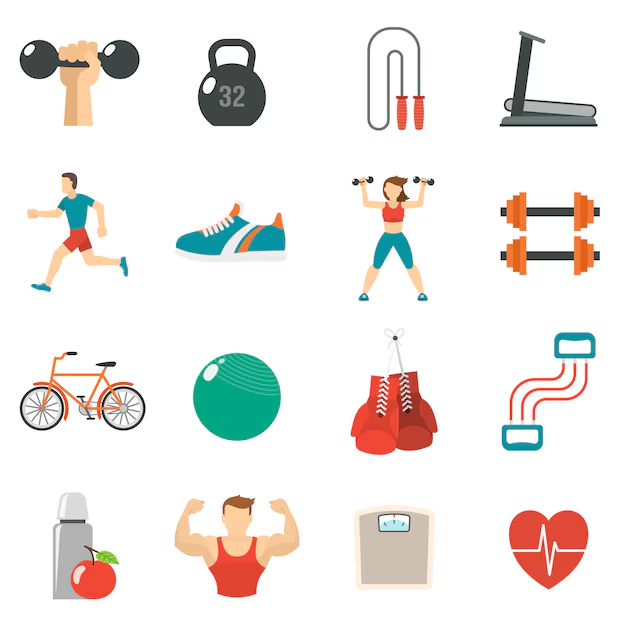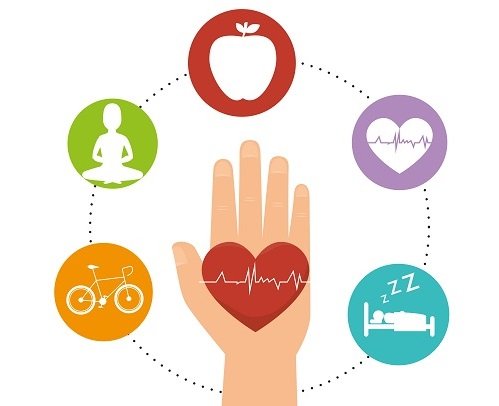Holistic Arthritis Pain Management: A Biopsychosocial Approach
Arthritis, a chronic inflammatory condition affecting joints, profoundly impacts physical function and quality of life. This article proposes a comprehensive management strategy leveraging established health behavior models: the Biopsychosocial Model (BPM), emphasizing the interplay of biological, psychological, and social factors in health; the Health Belief Model (HBM), highlighting the influence of perceived susceptibility, severity, benefits, barriers, cues to action, and self-efficacy on health behaviors; and Social Cognitive Theory (SCT), focusing on the reciprocal determination of personal factors, environmental factors, and behavior. A crucial SCT concept, self-efficacy, refers to an individual's belief in their capability to perform actions necessary for desired outcomes. These models provide a foundational framework for understanding and addressing the multifaceted challenges of arthritis management.
1. Shared Decision-Making and Optimized Therapeutic Interventions: A Collaborative Approach
Effective arthritis care necessitates a collaborative partnership between patient and healthcare provider. Shared decision-making, a cornerstone of patient-centered care, empowers individuals to actively participate in treatment planning, aligning with the HBM's emphasis on perceived benefits and control. This collaborative process involves a thorough assessment of individual needs, preferences, and goals, informing the selection of optimal pharmacological and non-pharmacological interventions. Regular monitoring of disease activity and treatment efficacy is crucial for optimizing pain management and preventing disease progression, reflecting the principles of continuous quality improvement in healthcare delivery.
2. Multimodal Pain Management: Integrating Pharmacological and Non-Pharmacological Strategies
A multimodal approach to pain management, integrating pharmacological and non-pharmacological interventions, directly addresses the biological aspects of arthritis within the BPM framework. Pharmacological interventions, such as nonsteroidal anti-inflammatory drugs (NSAIDs), corticosteroids, or disease-modifying antirheumatic drugs (DMARDs), should be tailored to individual patient factors, considering potential drug interactions and risk-benefit profiles. This approach is informed by principles of pharmacodynamics and pharmacokinetics. Non-pharmacological modalities, detailed below, complement pharmacological treatments to enhance pain relief and improve functional capacity, illustrating the principles of integrated healthcare.
3. Physical Therapy and Exercise: Enhancing Functional Capacity and Self-Efficacy
Structured physical therapy programs, employing principles of progressive overload and specificity from exercise physiology, are vital for improving joint mobility, muscle strength, and functional capacity. Low-impact aerobic exercise, strengthening exercises, and range-of-motion activities are key components. This approach enhances self-efficacy (SCT) by demonstrating tangible improvements in physical function, reducing perceived barriers to activity (HBM). The tailored nature of the intervention reflects principles of personalized medicine and precision health. Moreover, regular physical activity aids in weight management, reducing stress on weight-bearing joints and potentially slowing disease progression.
4. Assistive Devices and Adaptive Strategies: Fostering Independence and Reducing Joint Stress
Employing assistive devices (canes, walkers, splints) and adaptive strategies significantly reduces physical strain on affected joints during daily activities, mitigating pain and improving functional independence. This addresses perceived barriers to daily function (HBM) and reinforces self-efficacy (SCT) by promoting autonomy. Occupational therapists play a crucial role in selecting appropriate assistive devices to ensure optimal fit and functionality, reflecting principles of occupational therapy practice.
5. Lifestyle Optimization: Nutritional Strategies, Hydration, and Stress Management
A healthy lifestyle significantly mitigates arthritic pain and improves overall health. A balanced diet rich in anti-inflammatory foods (omega-3 fatty acids, antioxidants, fruits, and vegetables) reduces inflammation. Adequate hydration is critical for joint lubrication. Effective stress management techniques (mindfulness, yoga, meditation) address the psychological dimension of the BPM, reducing stress's negative impact on inflammation and pain perception. These lifestyle modifications enhance self-efficacy and overall well-being.
6. Complementary and Integrative Medicine (CIM): Evidence-Based Adjunctive Therapies
While some individuals find relief through CIM approaches (acupuncture, massage therapy), careful consideration and consultation with a healthcare provider are essential. Evidence-based integration of CIM should be prioritized, ensuring therapies are safe and effective, especially considering potential drug interactions. Shared decision-making, guided by available evidence and patient preferences, should inform CIM integration within a comprehensive treatment plan.
Conclusion and Recommendations
Effective arthritis management demands a holistic, patient-centered approach integrating biological, psychological, and social factors, guided by the BPM, HBM, and SCT. Future research should focus on developing personalized interventions based on individual patient profiles, leveraging technology for remote monitoring and support, and rigorously evaluating the long-term effectiveness and safety of various CIM modalities across diverse populations. Implementing multifaceted strategies that emphasize shared decision-making and promote self-management will considerably enhance the quality of life for individuals with arthritis. The development and implementation of effective, accessible management strategies is crucial for improved patient outcomes and efficient allocation of healthcare resources. Further investigation into the long-term cost-effectiveness of different holistic approaches is warranted.
Reader Pool: Considering the multifaceted nature of arthritis management and the advancements in technology and personalized medicine, how can we best optimize the integration of these approaches to improve patient outcomes and accessibility to care while addressing healthcare disparities?






No comments yet. Be the first to share your thoughts!